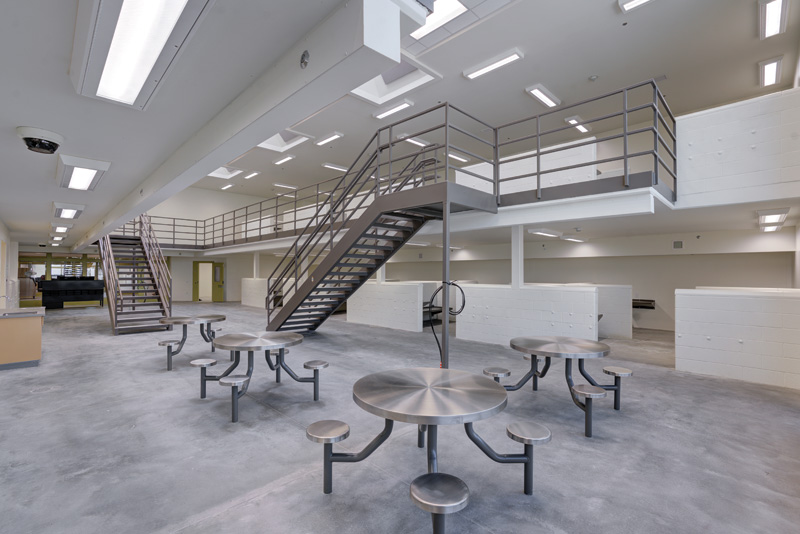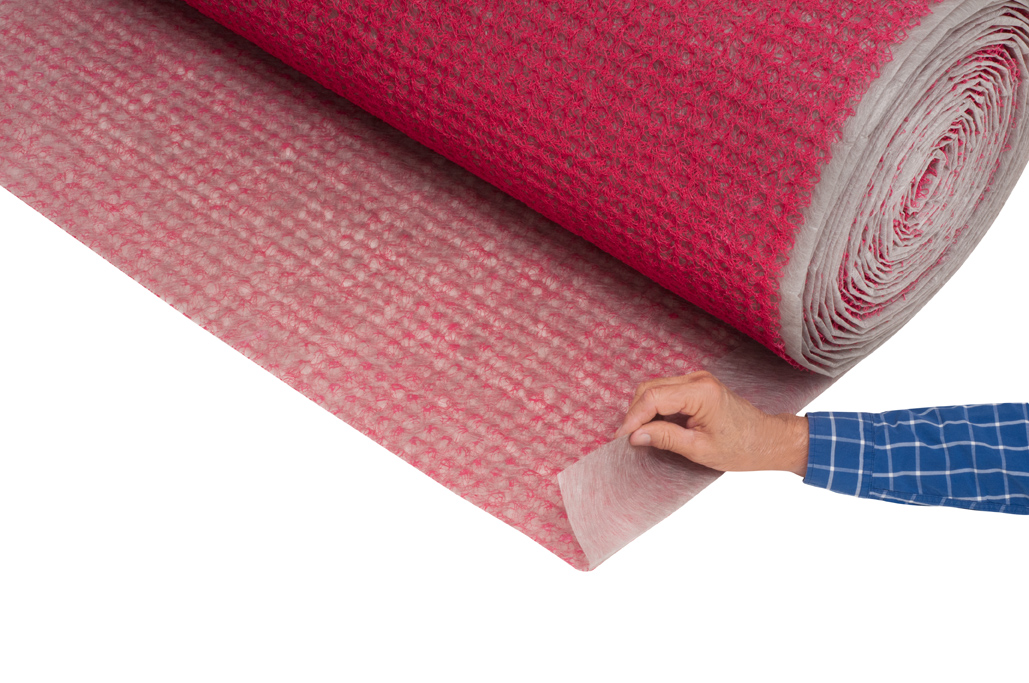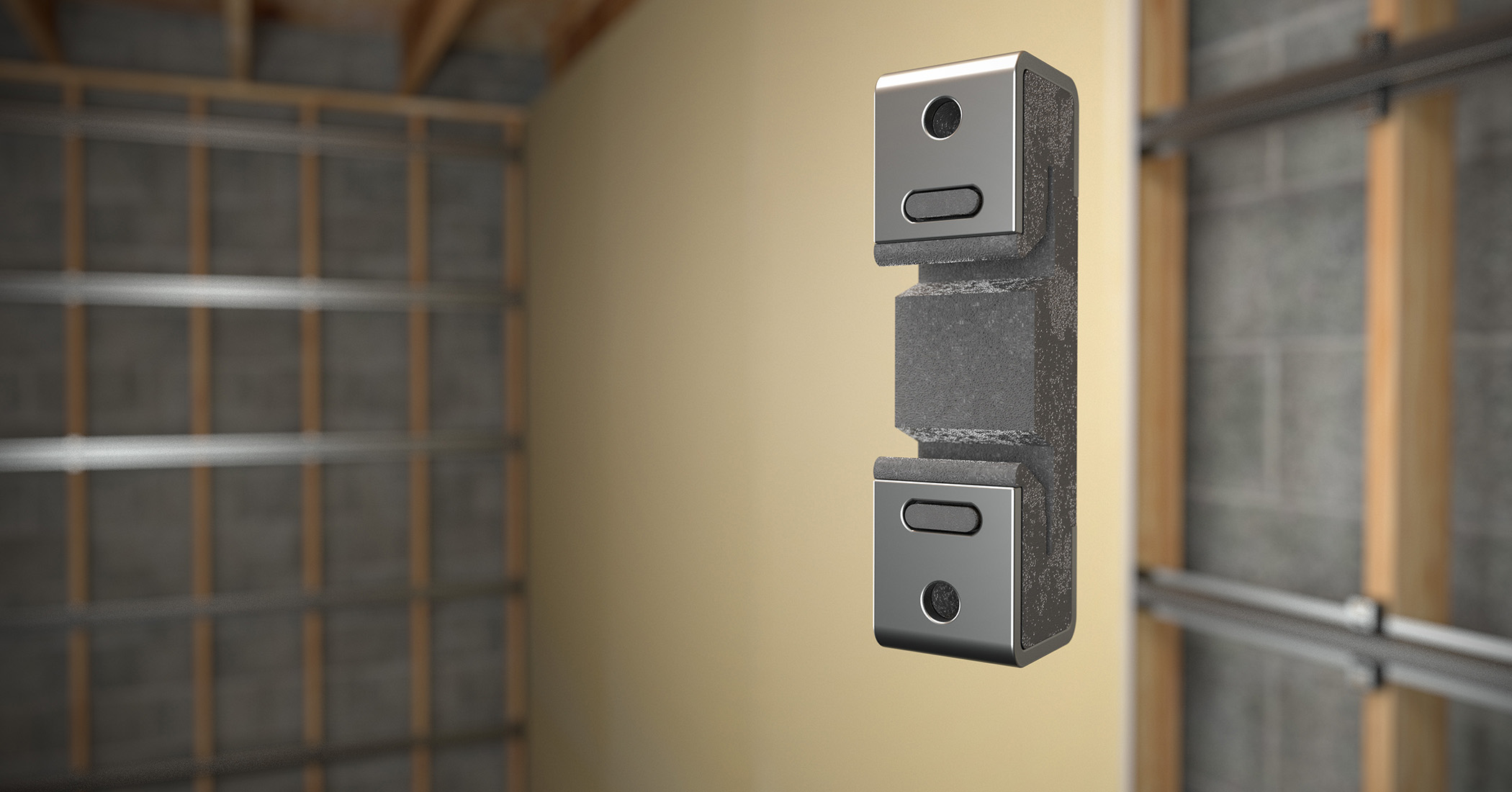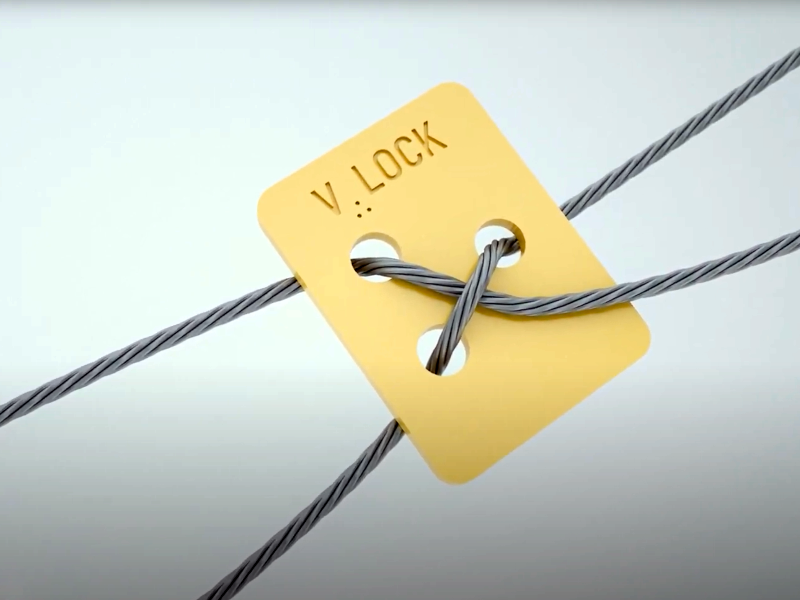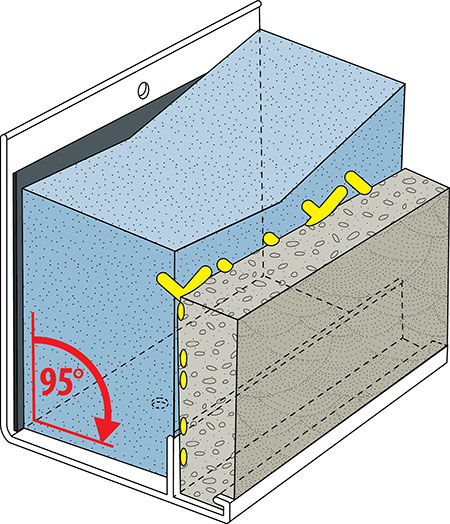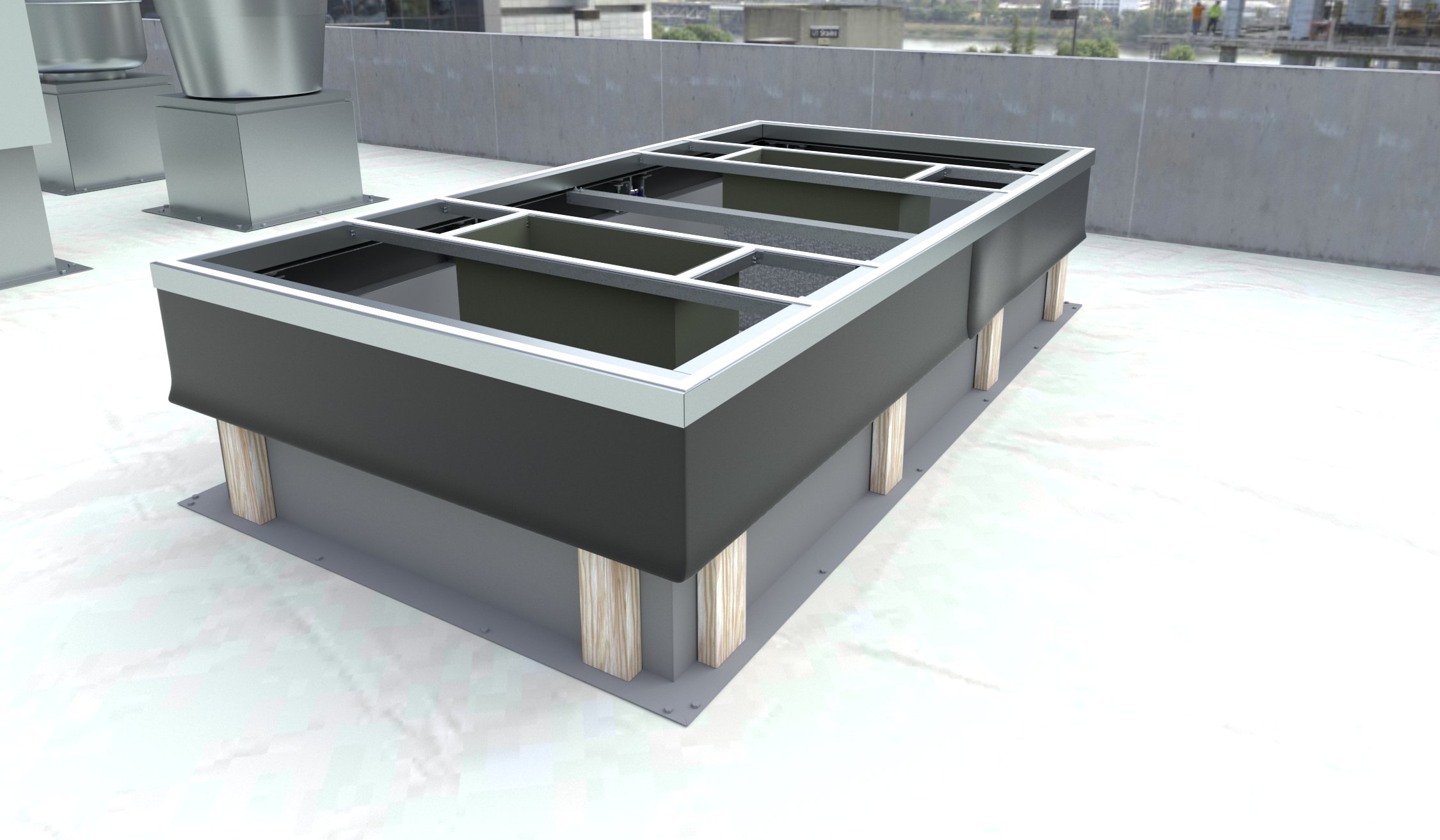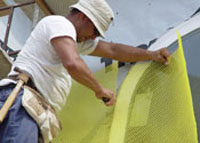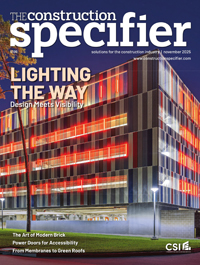Lighting the way to safer correctional spaces
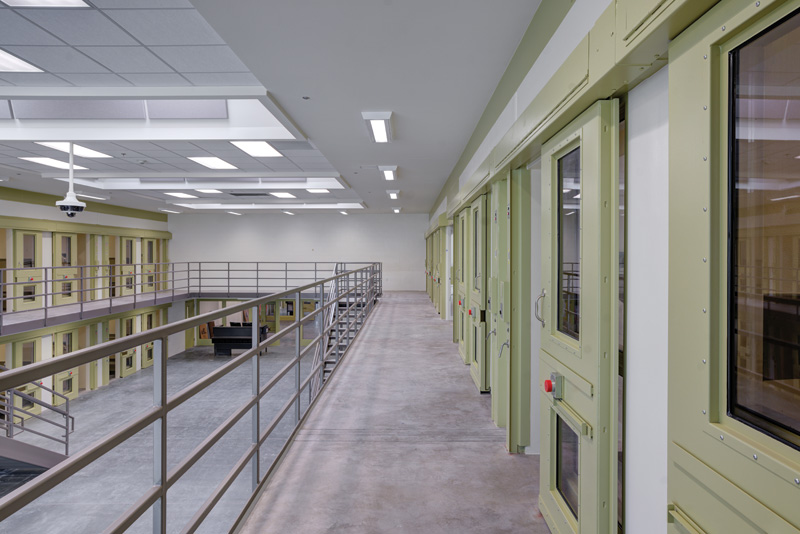
Correctional facilities can have a significant impact on the wellbeing of staff and inmates. Poor lighting, inadequate ventilation, and overcrowding can exacerbate the negative aspects of the environment, leading to increased stress, tension, and conflict. There are a variety of features and some long-standing best practices that can be incorporated to improve the environment and safety to improve this difficult setting.
Utah State Correctional Facility
The $1.5-billion Utah State Correctional Facility (USCF) in Salt Lake City, which replaces the long-outdated Utah State Prison that opened in 1951, was designed by Salt Lake-based GSBS Architects, who worked with national architecture firm HOK Group, Inc., and Miami-based CGL. It was constructed via a joint venture (JV) of Layton Construction and Oakland Construction (LOJV). The facility looks to turn the corner on recidivism rates and provide a better atmosphere for offenders and officers alike. To that end, the design incorporates a direct-supervision model that was approved by the Department of Correction and the State of Utah Division of Facilities Construction and Management.
Unique design
Research shows that a prison population’s surroundings play a crucial role in their psychological rehabilitation. The intentional design of the new facility incorporates natural daylighting as a major design driver, along with creating spaces that offer less of a prison feel while still adhering to safety and security measures. One of the real breakthroughs in the design was shifting to the linear model of housing. The cells are arranged on either side of a rectangle around a dayroom, and at one end are floor-to-ceiling windows that let in natural light and views of the surrounding mountains. This design is incorporated in the housing sections, from the highest security to the lowest. In addition, each building unit features different housing styles: eight-person cells, two-person cells, and dormitory-style cells, to offer an increased measure of privacy as is deemed appropriate.
Inmates with greater exposure to daylight experience 22 percent lower rates of depression and anxiety compared to those in a dimly lit cell.1 Additionally, facilities that prioritize daylight report 24 percent fewer violent incidents. These findings highlight a compelling truth: the right design choices can fundamentally improve correctional environments.2
The 120,774-m2 (1.3-million-sf) complex spans 77 ha (191 acres), is comprised of 33 buildings, and accommodates 3,600 inmates of all classifications. With dedicated units for both genders, the facility also includes mental health housing that provides acute mental health and substance abuse treatment; medical facilities, including space for clinical examination, optometry, dentistry, dialysis, phlebotomy, and physical therapy; classrooms; kitchen; laundry; religious spaces; and room for future expansion. Bringing more design-savvy features to the inmate experience aids in facilitating rehabilitation, as well as helping the staff feel better about working there.
Construction challenges
Spanning nearly 81 ha (200 acres), the greenfield site required extensive development. Along with constructing deep utilities and infrastructure, the construction team imported nearly 2 million tons (1.8 million tonnes) of engineered fill to raise the site 0.61 to 1.22 m (2 to 4 ft) above the existing grade. Above ground, site activity was constant. All tilt panels for the buildings were formed on site, which at the project’s peak, hosted more than 1,500 workers. LOJV employed sophisticated site management and elevated communication throughout the project’s completion.
The project was in full swing when the COVID-19 pandemic hit. The team quickly strategized and implemented strict protocols on how the trade partners could remain onsite safely to keep the project moving forward. The team also had the foresight to procure 95 percent of supplies prior to the pandemic, so they avoided supply chain issues.
Correctional lighting
Lighting plays an important role in supporting staff and inmate safety. Luminaires that have doorless-style housings firmly secured to the ceiling ensure there are no crevices or gaps to allow vandalism, making the fixture virtually impenetrable. Whether they are installed in a minimum, medium-maximum, or super-max setting, luminaires specifically engineered for correctional best practices resist everything from substantial abuse to the cleverest attempts at tampering and concealment.
Correctional cells represent one of the toughest environments for lighting fixtures because inmates are unsupervised for most of their in-cell time. As a result, cell lighting must be able to withstand extreme physical abuse, clever entry and concealment attempts, and repeated tampering.
A Wisconsin-based lighting manufacturer with a long-standing reputation in the correctional industry supplied high-abuse luminaires ideal for the new facility.
“They were incredibly flexible and willing to customize the luminaires,” says Dave Wesemann, president and CEO, Spectrum Engineers. “USCF had a specific light level output for the cells’ night lights. We worked with the lighting manufacturer through a mock-up process, which adjusted the levels in order to obtain the right footcandles,” Wesemann added.
USCF installed these luminaires throughout the facility, with and without the optional night light. They are also installed in the day rooms, sally ports, cells, hallways, medical areas, showers, toilets, classrooms, and many other areas.
“USCF has many unique design features to ensure offenders’ safety and security, including the selected lighting systems,” said Jerry Jensen, deputy director of facilities management at Utah Department of Corrections. “We are confident the luminaires are able to withstand any violent abuse by offenders while also providing the necessary light levels.”
Author
Matt Szymanski is the Western regional sales manager for Kenall, a company founded in Chicago in 1963 that specializes in the design and manufacture of durable lighting products. Kenall luminaires are produced in Kenosha, Wis., and meet Buy American Act requirements, with more than 65 percent of component costs originating in the United States. He can be reached at matthew.szymanski@kenall.com. For more information, visit kenall.com.
Key Takeaways
The Utah State Correctional Facility uses high-abuse, tamper-resistant luminaires throughout its complex to enhance safety and support rehabilitation. Customized for precise light levels, including night lighting, the fixtures are designed to withstand vandalism and concealment attempts. Combined with natural daylighting, the lighting strategy improves visibility, reduces incidents, and promotes wellbeing for inmates and staff.

